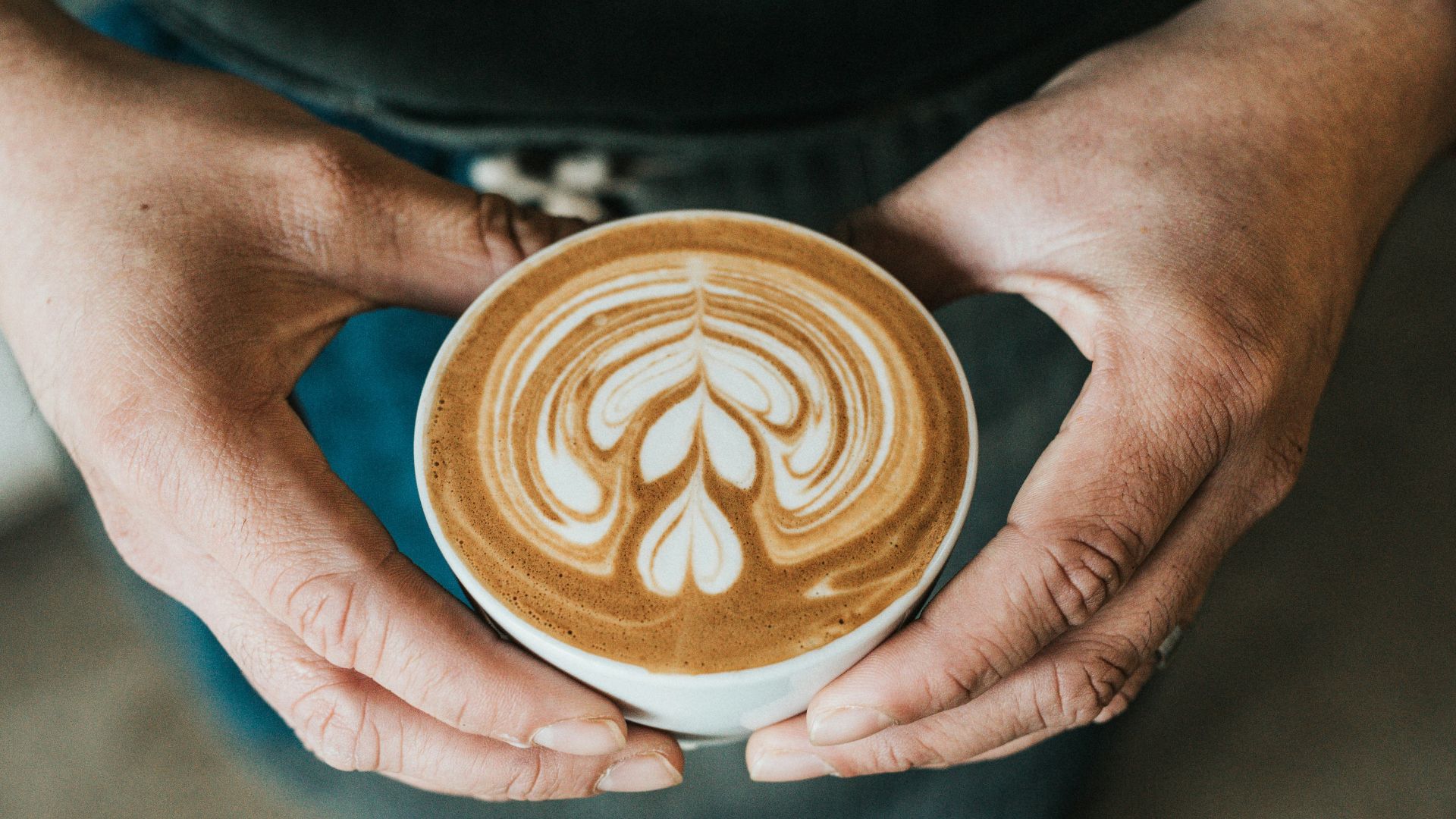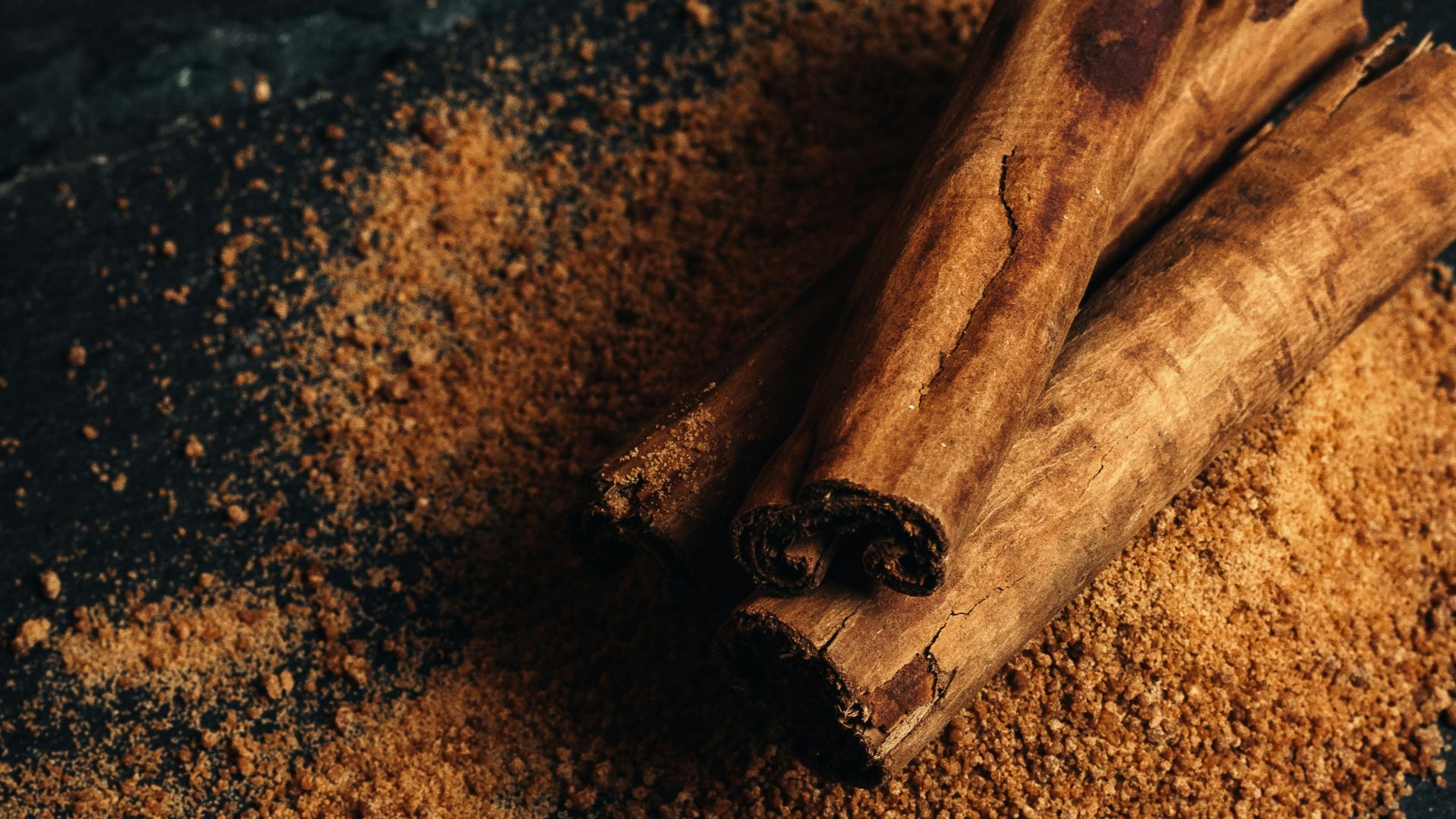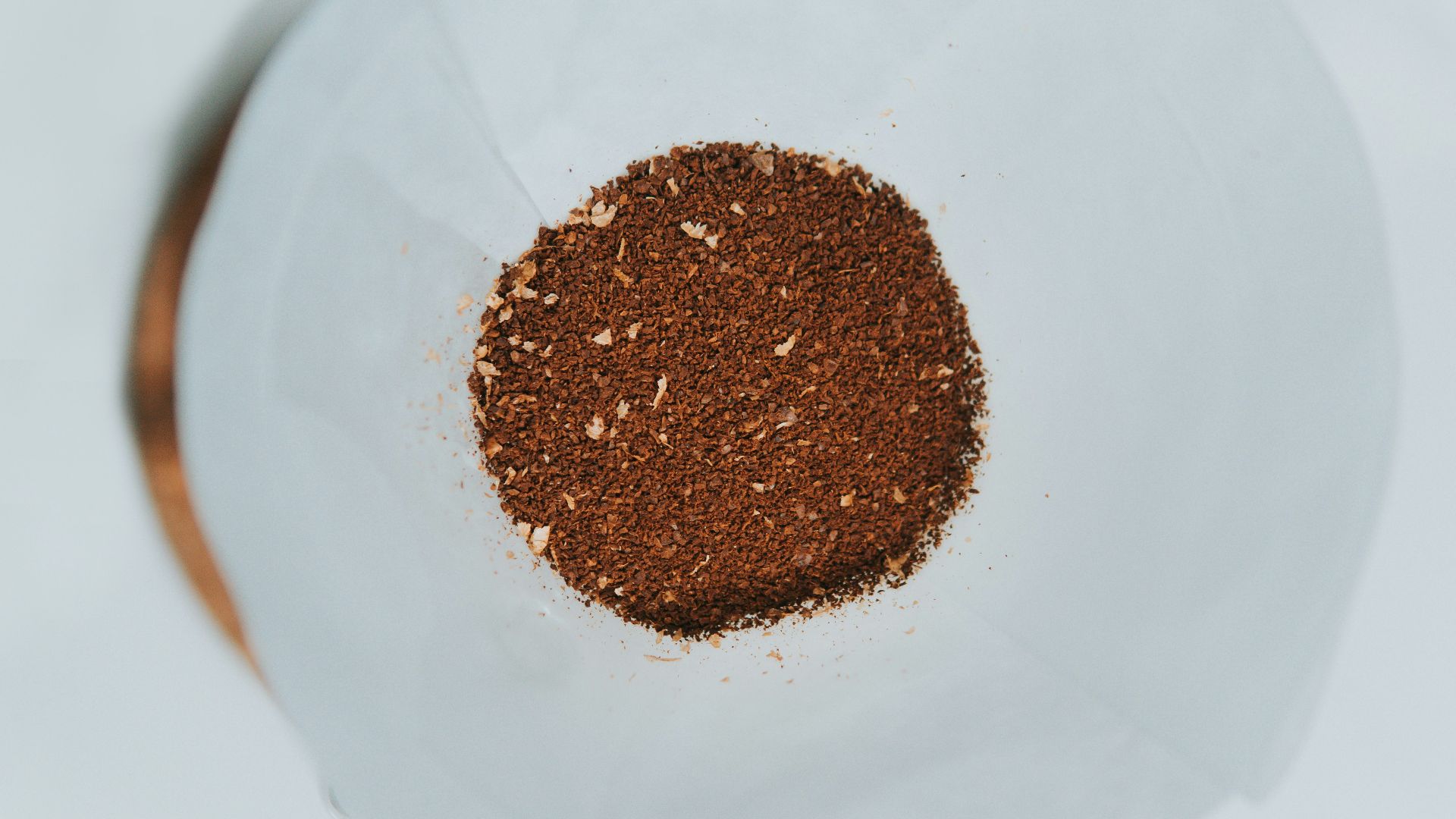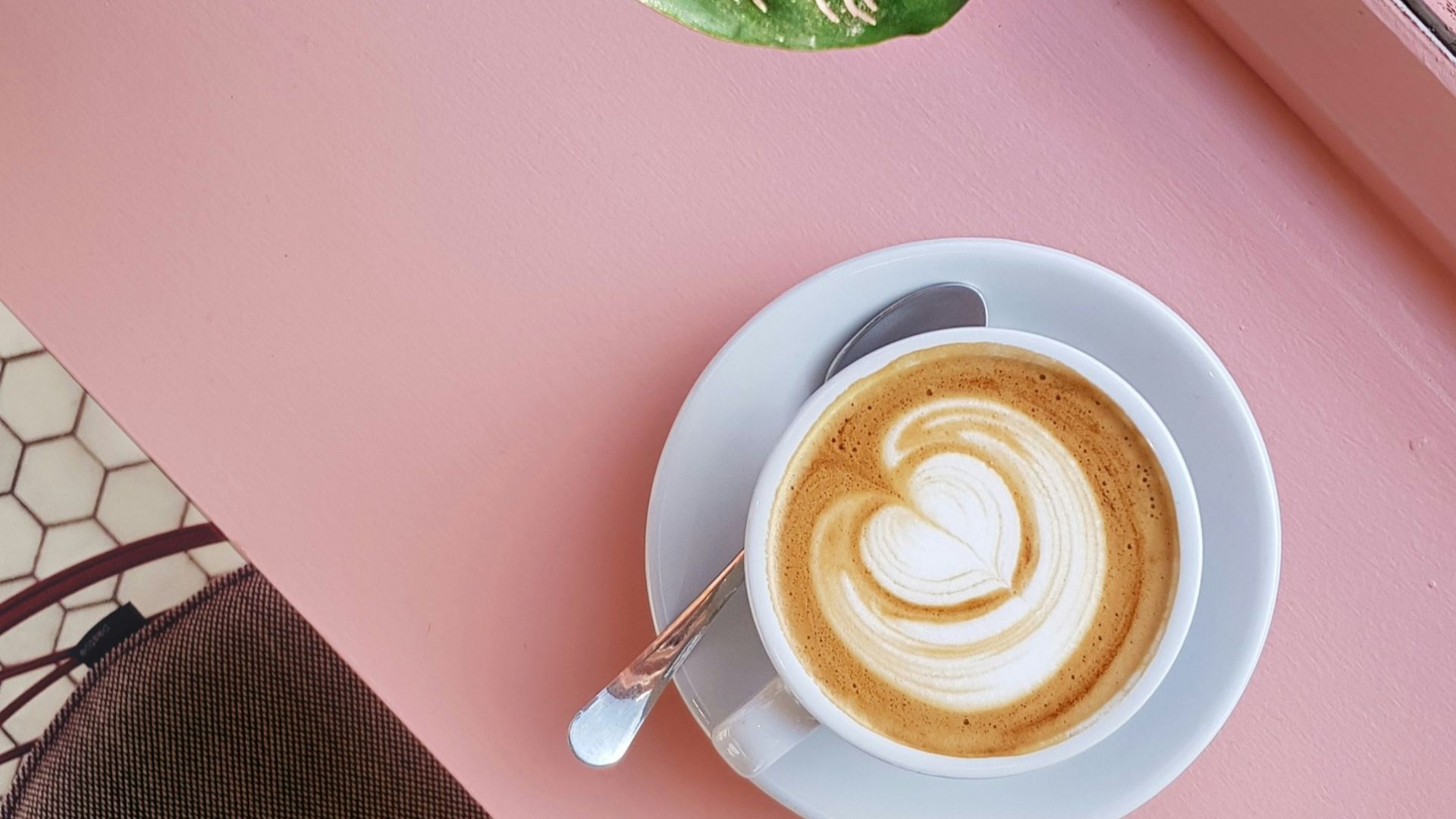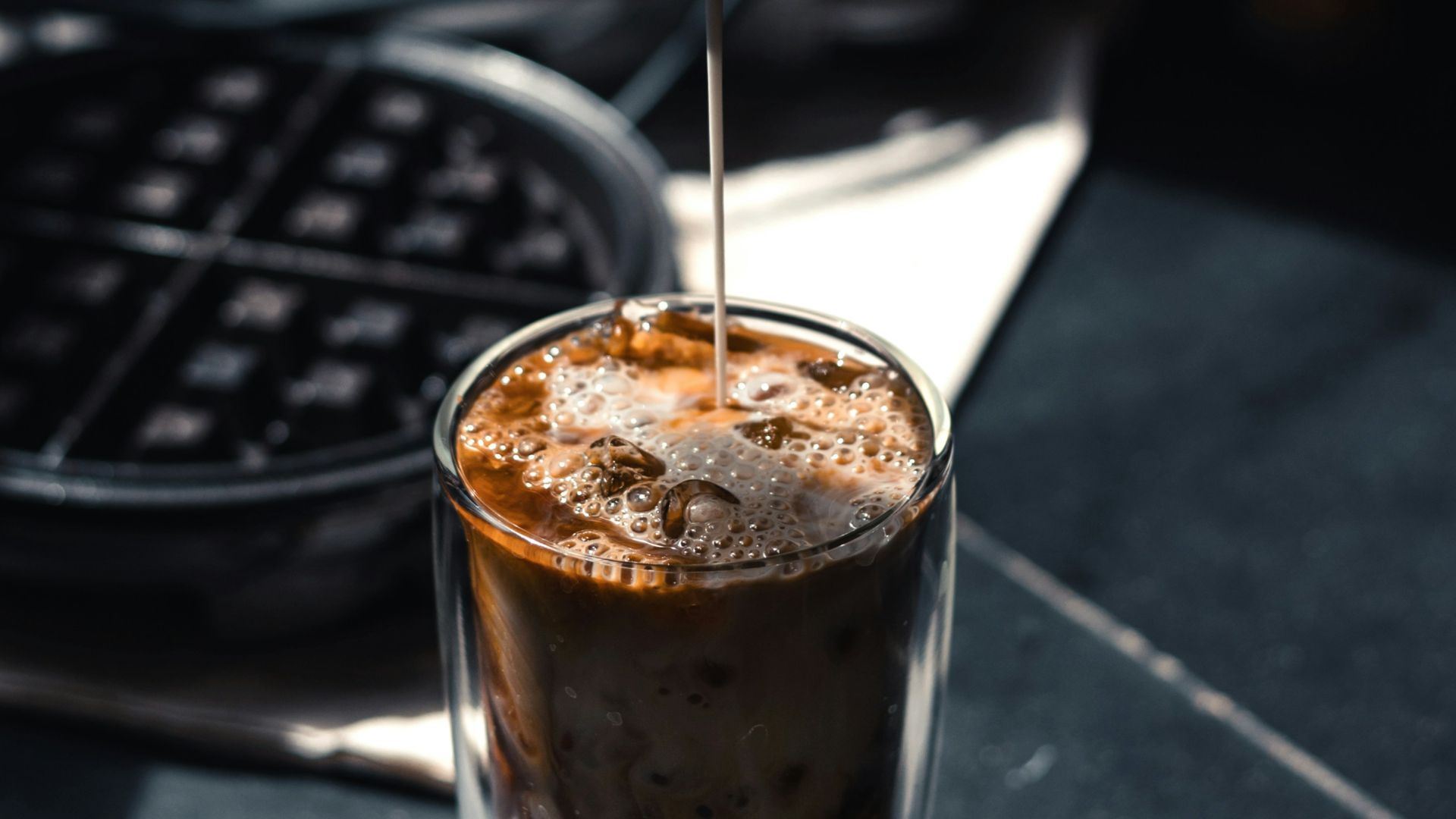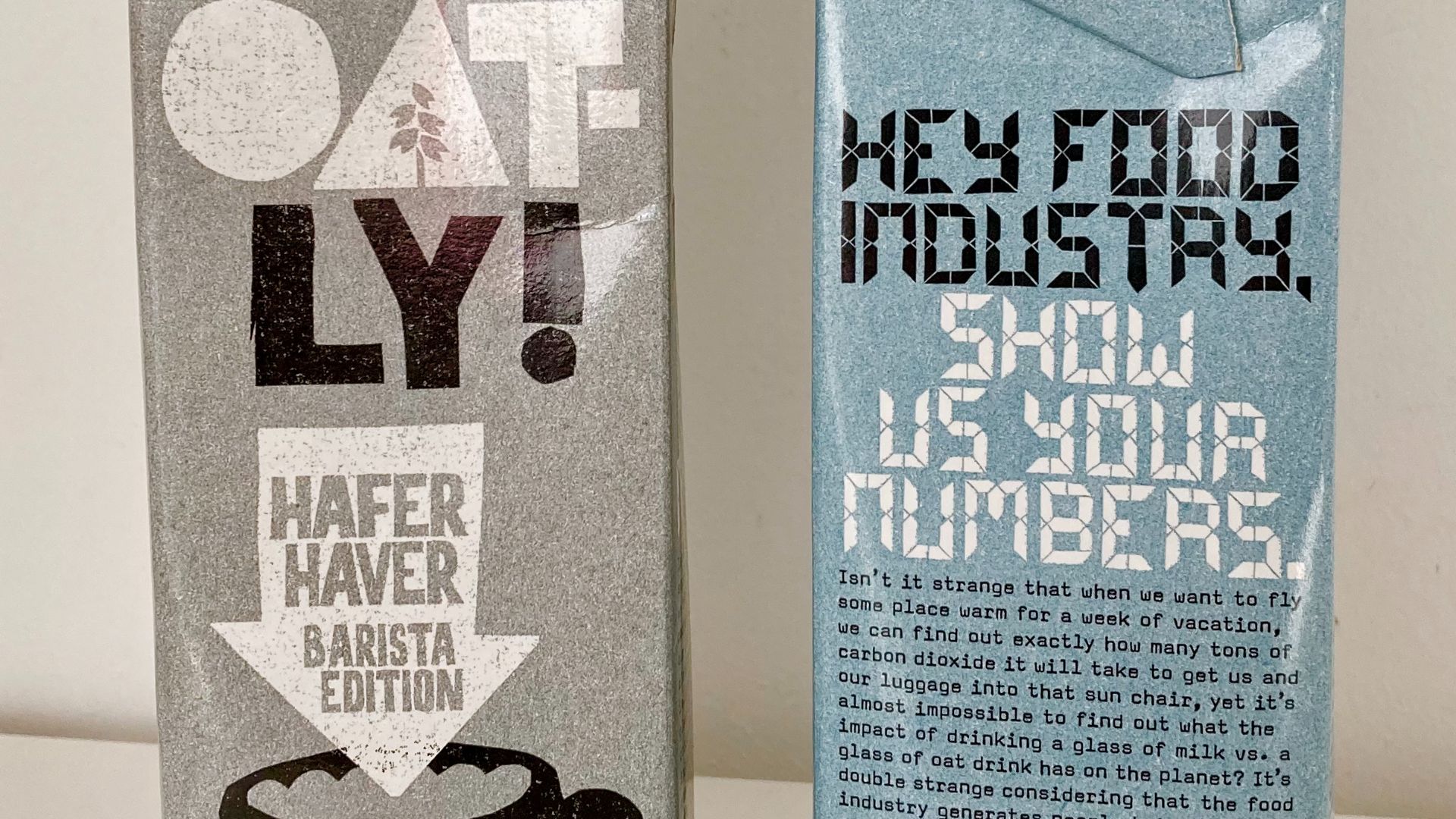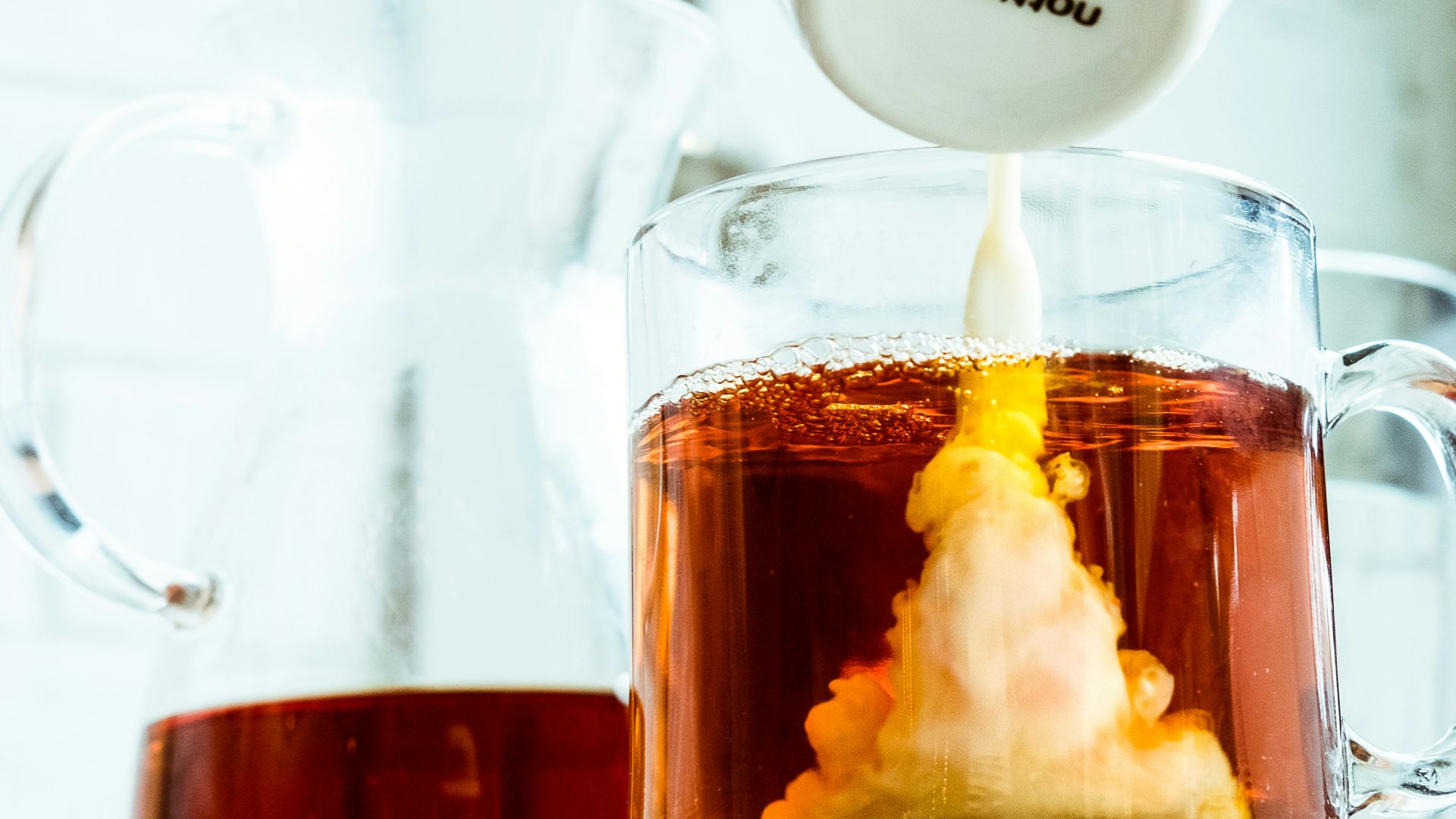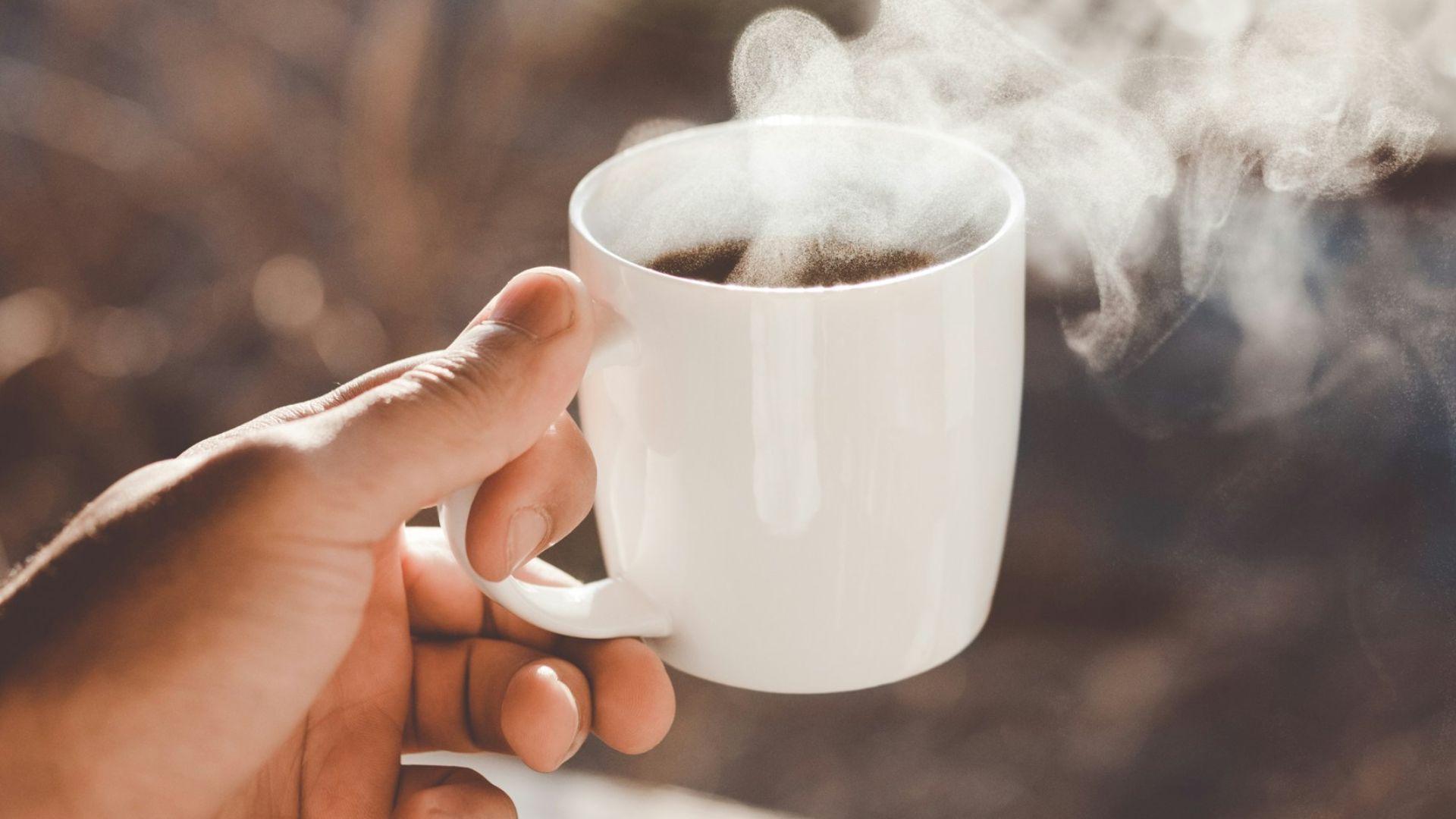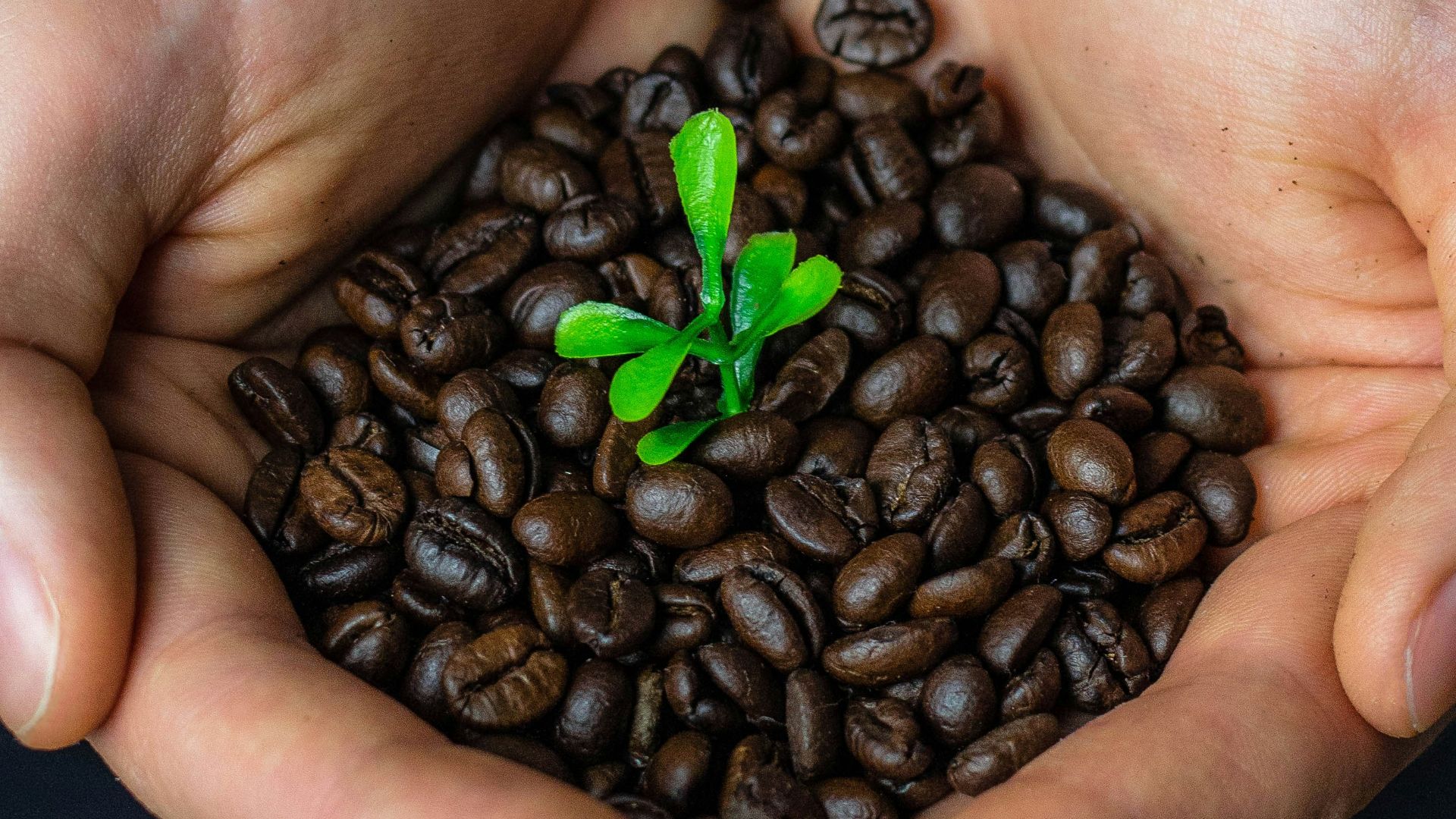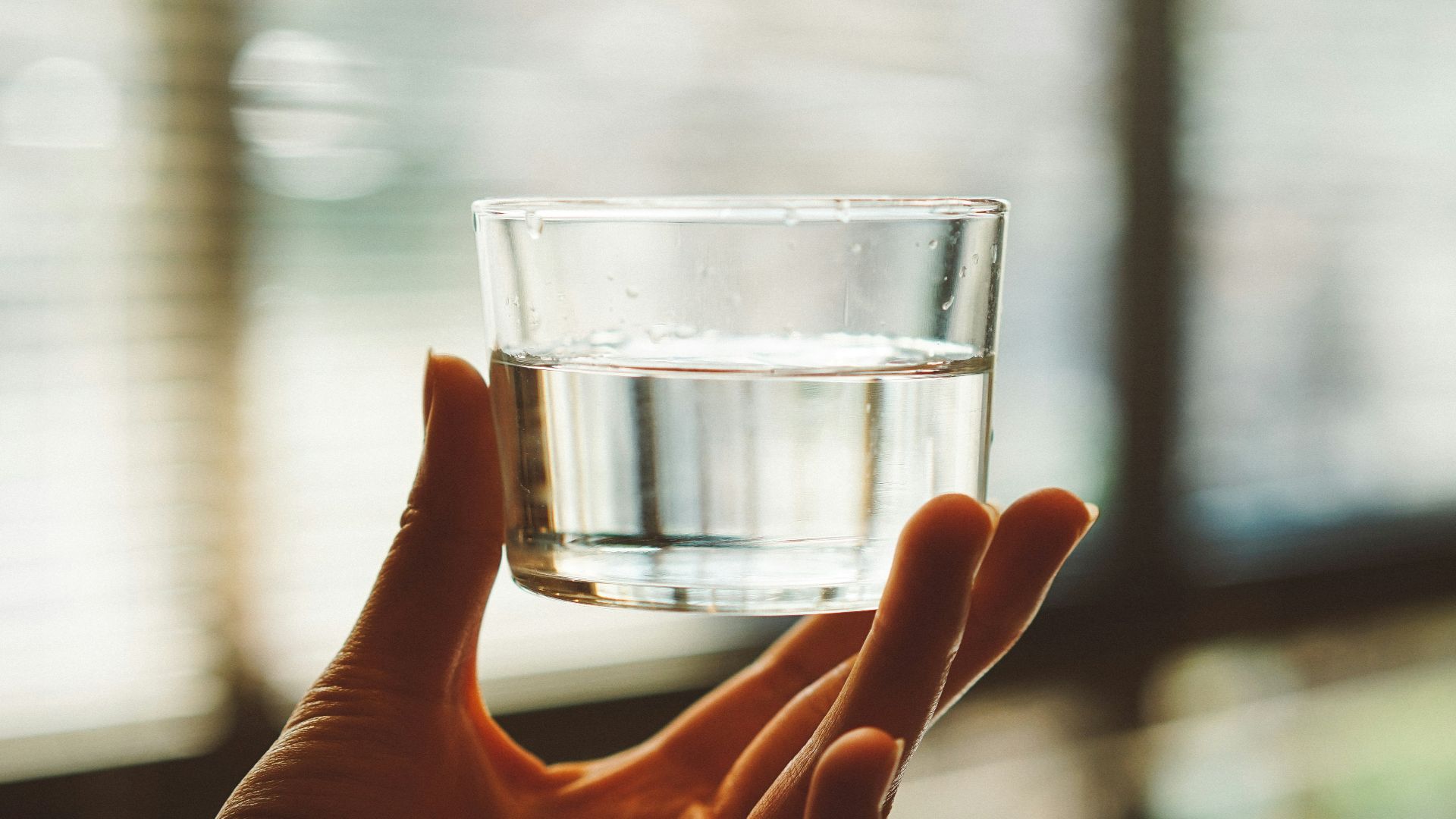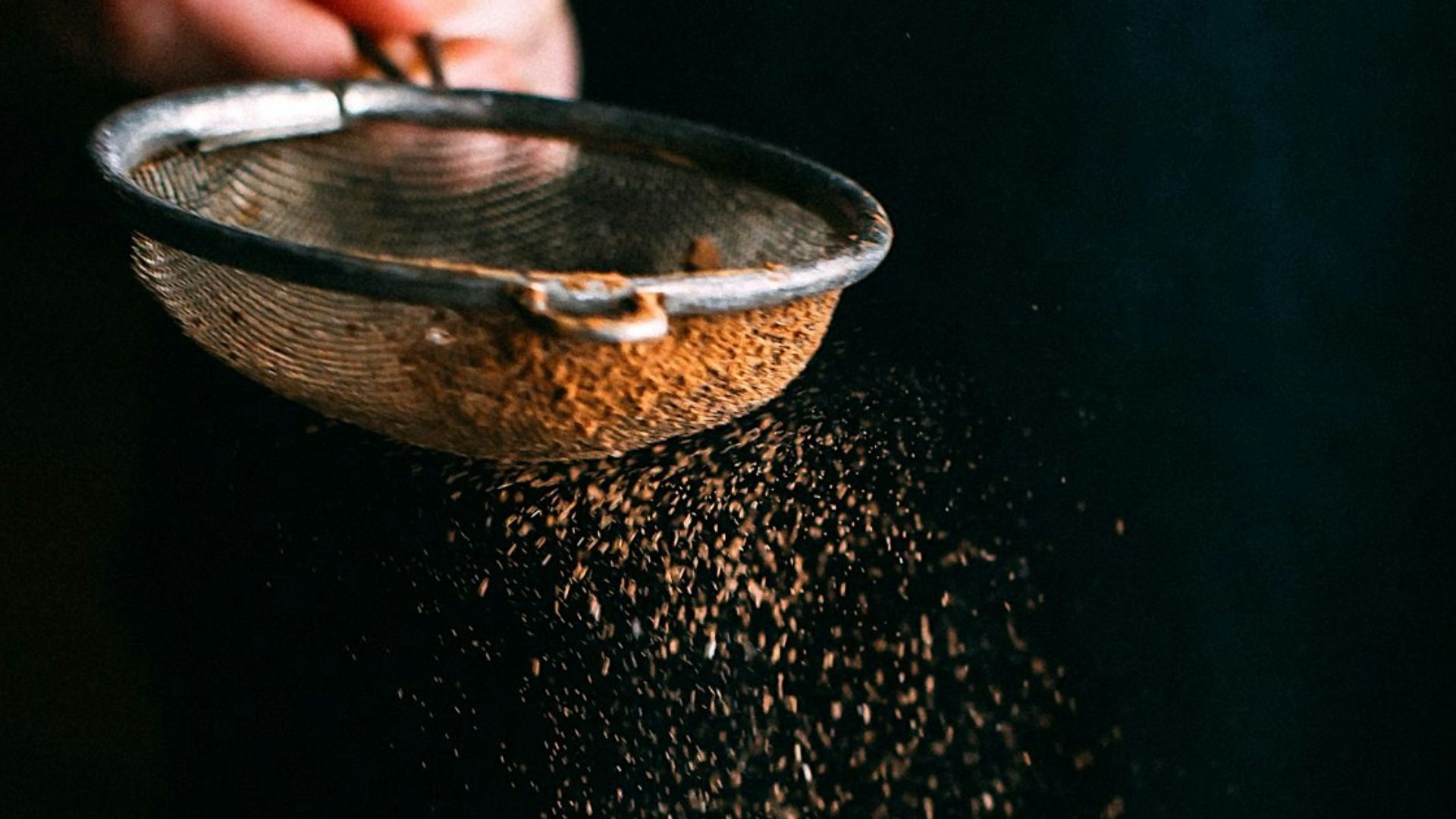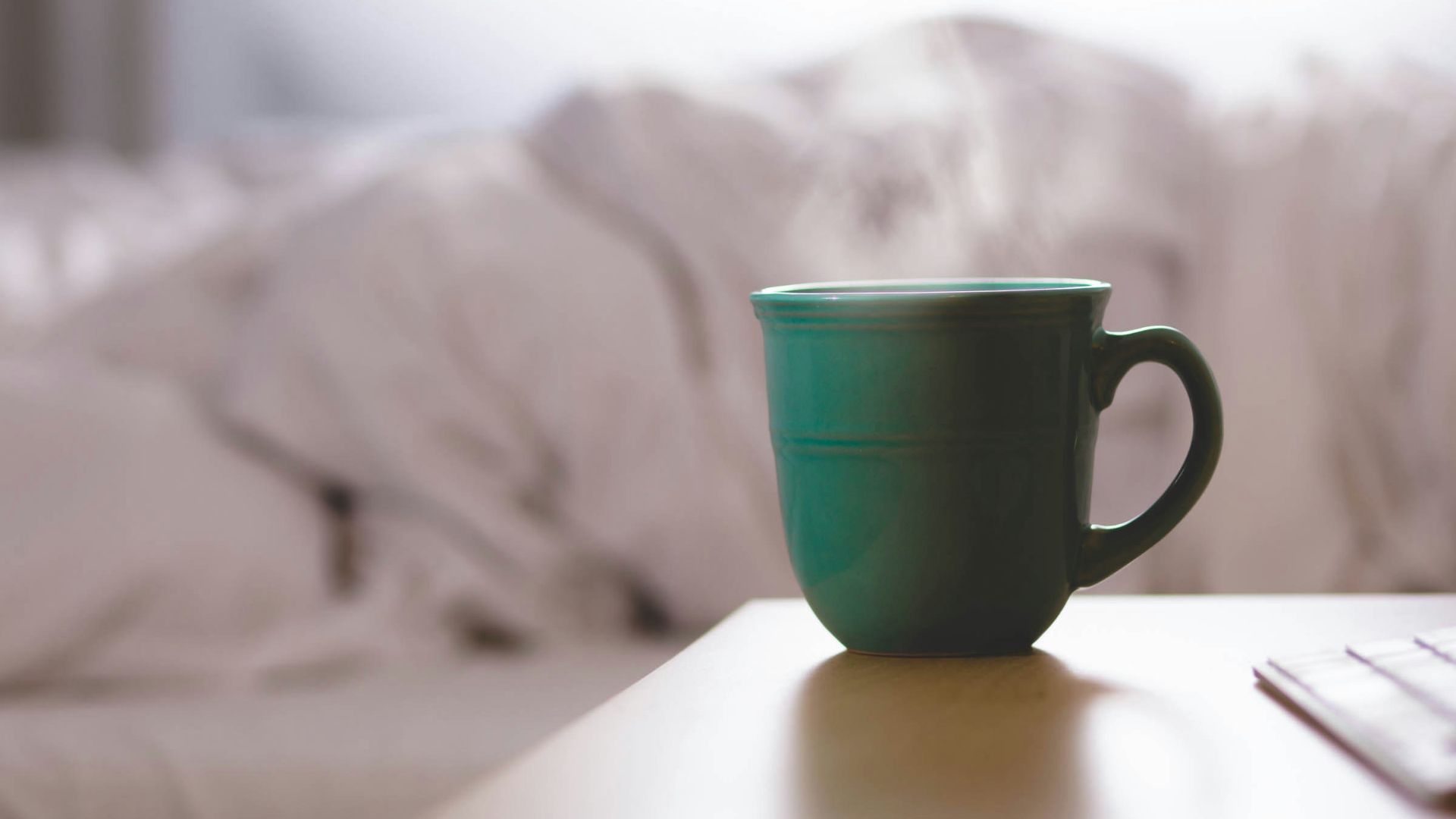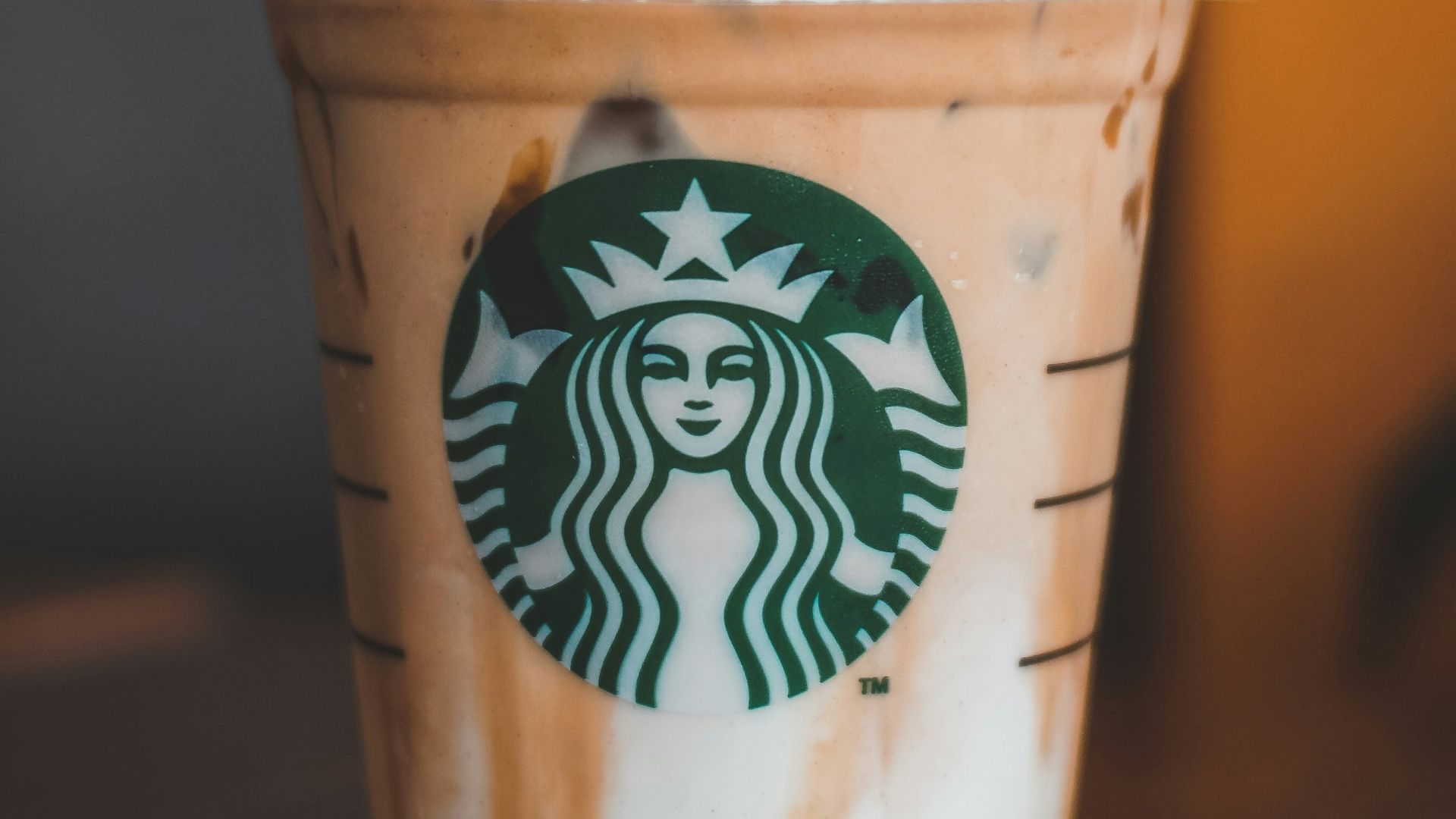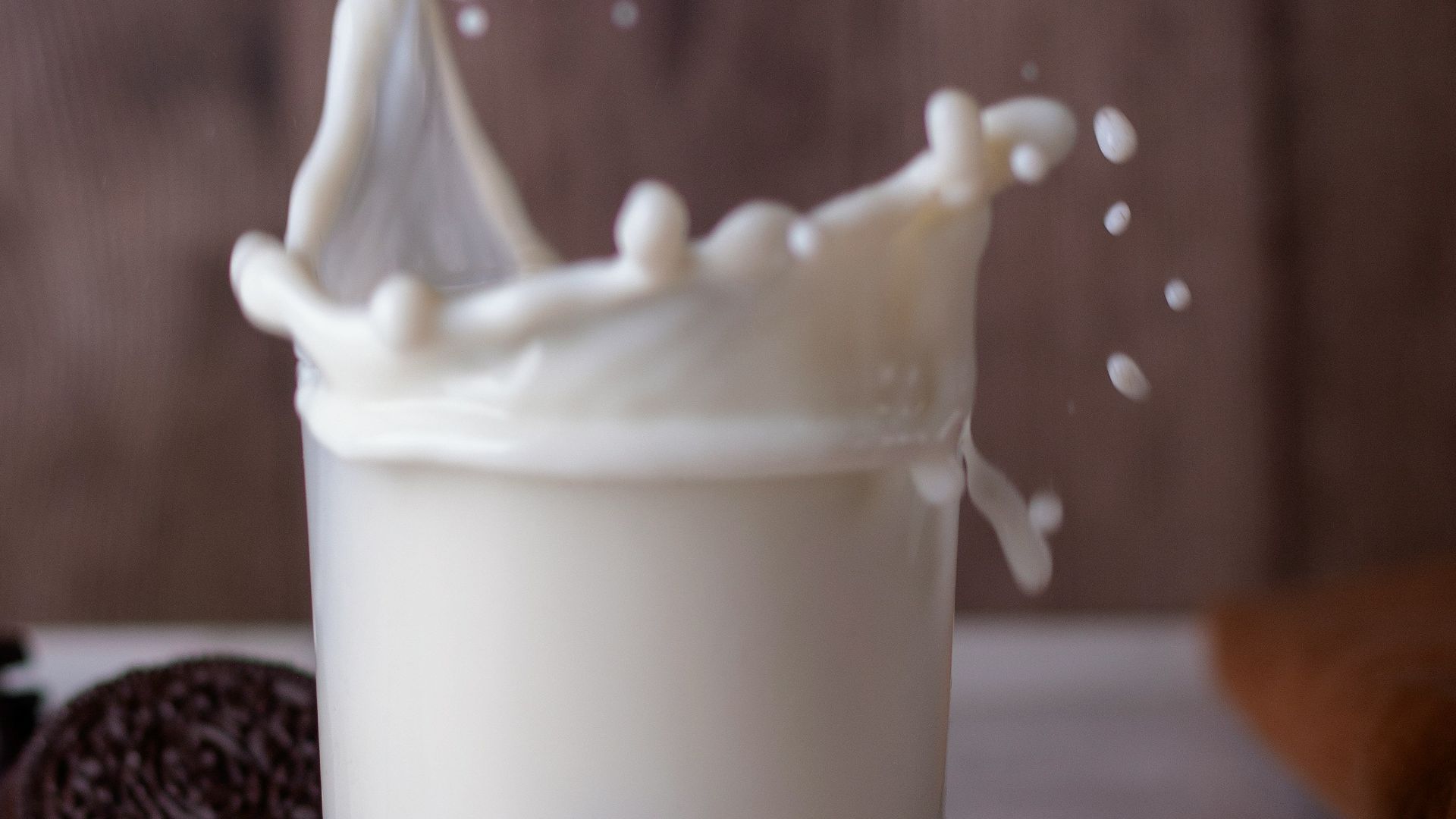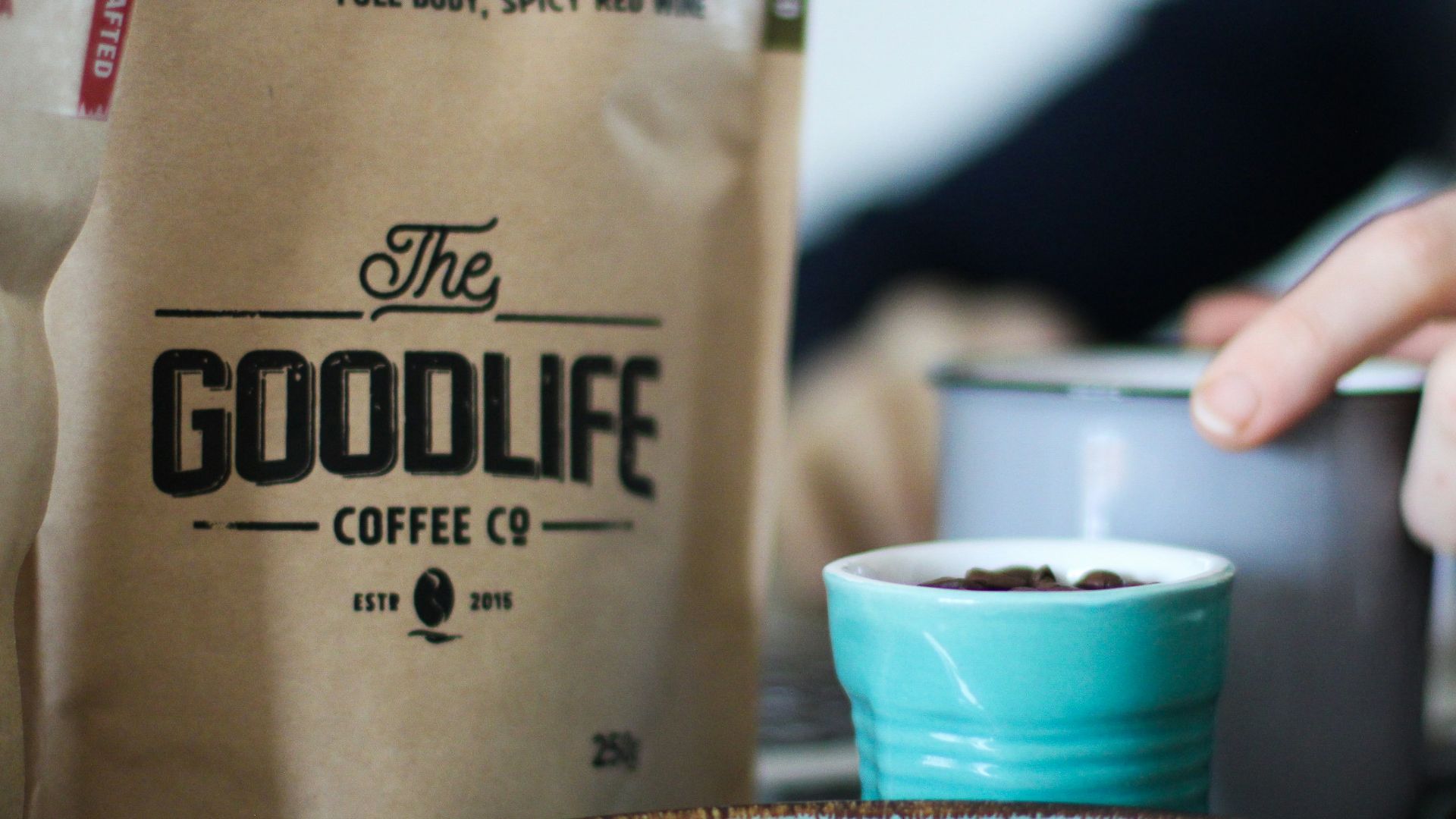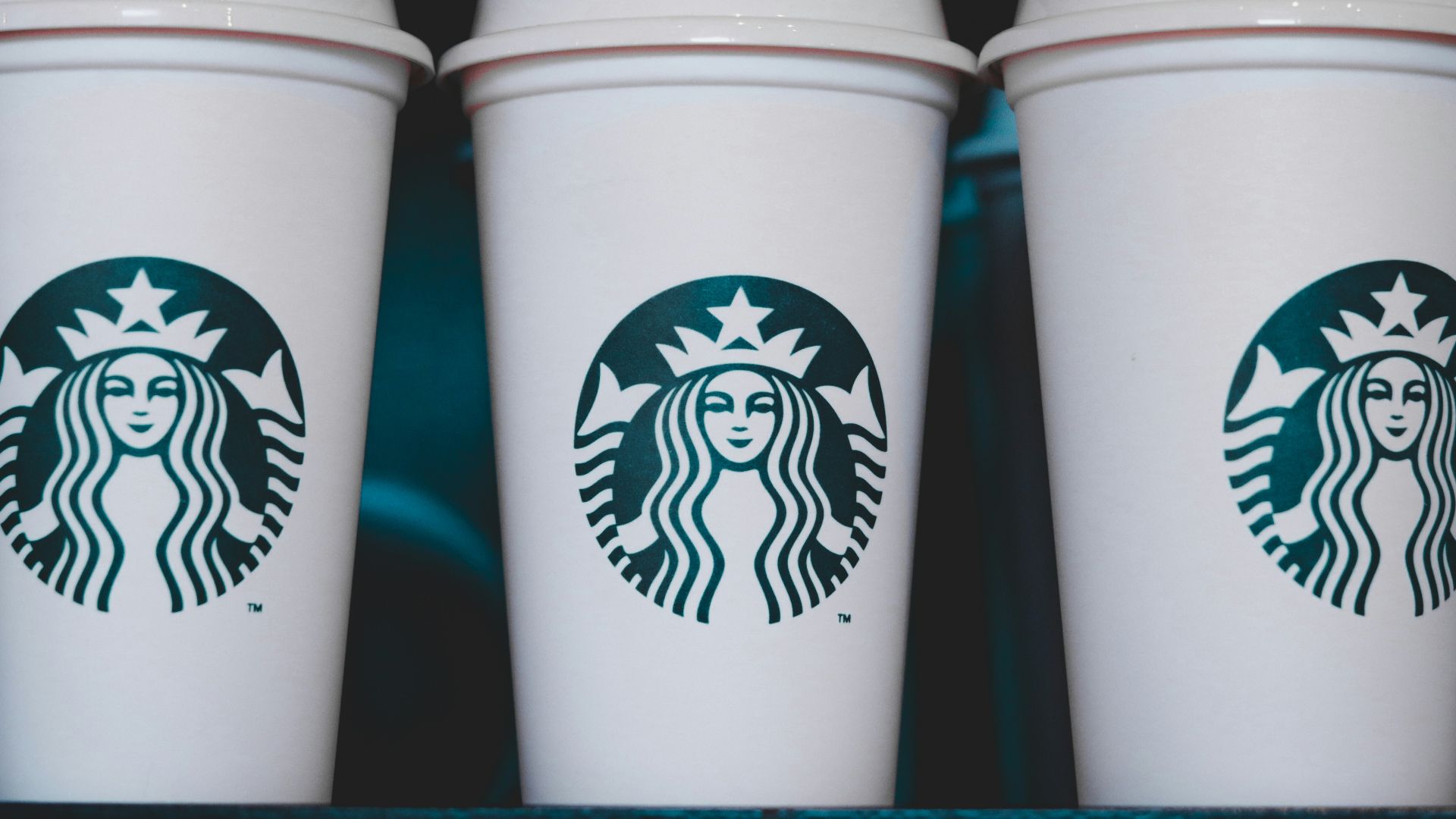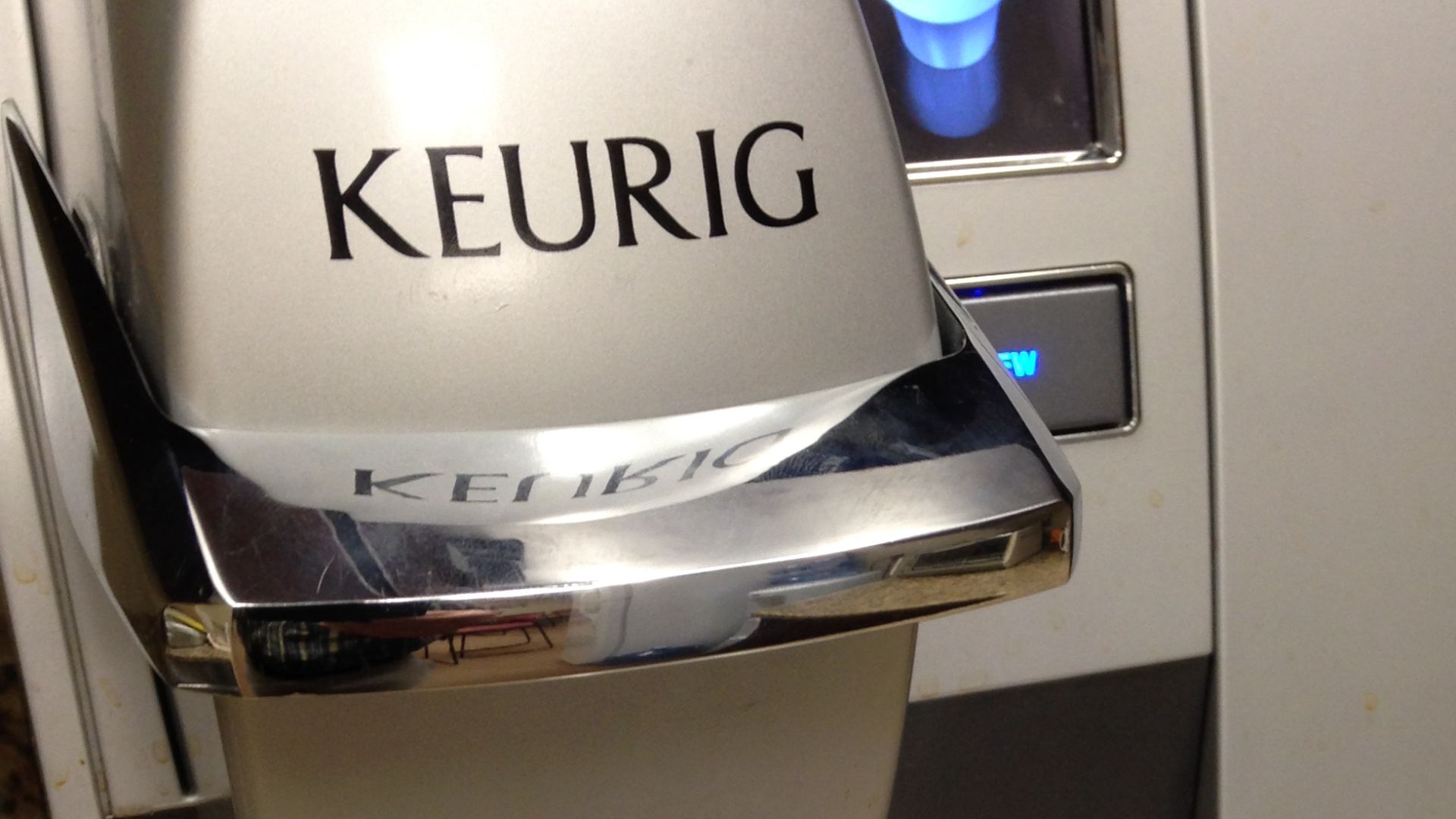Every Coffee Drinker’s Struggle
Coffee is a super popular drink, and most people turn to it for the flavor or the pick-me-up. Unfortunately, like most other drinks, coffee also has its drawbacks, from the sugar overload to the caffeine situation. However, if you follow these practices, you can make your coffee habit quite healthy and can rake in extra benefits too!
1. Moderation
If you like your coffee the way it is and aren’t interested in making any changes, that’s completely fine. If you want to avoid the caffeine overload, then moderation is your best bet. This means continue to enjoy coffee, but limit yourself to just one cup a day.
2. Use Cinnamon
As far as incorporating ingredients into your coffee goes, consider using cinnamon! A sprinkling of cinnamon powder is actually a quite healthy addition and can make the beverage healthier, as cinnamon serves as an antioxidant. Antioxidants are a great way to add some sweetness without calories.
3. Use Paper Filters
If you use a filter when making your coffee, be sure to go for a paper one. The reusable cloth ones might seem appealing and eco-friendly, but only the paper ones are capable of removing more compounds. Plus, the paper ones are often recyclable, so you’re still doing good for the environment.
4. No Coffee for Breakfast
If you notice you wake up some mornings and only have a cup of coffee, then you need to make some changes. Coffee is a great addition to a meal in moderation, but by itself, it’s not a very good breakfast. To start your day right, you’re going to need way more than caffeine, and should stock up on some protein, vitamins, and fiber too.
5. Skip The Syrups
There are so many different syrups to choose from when making coffee, and each one adds so much fun and flavor. Whether you prefer French vanilla, hazelnut, or something wild like blueberry, there’s likely a syrup out there. However, just because they’re sugar-free or non-fat doesn’t mean they’re healthy for you. Instead, try incorporating organic ingredients.
6. Plant-Based Milk
There are two reasons you should use plant-based milks in your coffee instead of regular. The first is because they’re more ethically sourced, and are a good option for vegans or those that don’t like modern farming practices. The second is that they’re so downright tasty. Milks made from oats, coconut, and almond lend flavor to the coffee and can make it feel silky smooth or extra nutty.
7. Skip Creamers
You also want to be selective when it comes to picking a creamer, as a lot of them are loaded with sugar and fat. Caffeine aside, a lot of people use coffee as a vessel to get as much sugar into their bodies as possible. Try something more natural to sweeten your coffee instead, like honey or maple syrup.
8. Ask Yourself Why
Have you ever wondered why you drink coffee? Is it because of the taste, or because it’s a crutch to help with poor sleep or lack of energy? If it’s the latter, it could mean you have a bigger bodily problem that you need to address rather than band-aid with coffee.
9. Sparkling Coffee
If you’re already drinking coffee, consider incorporating it in your life in different ways. It’s certainly healthier than most soda beverages, and with the use of cold brews, you can make an equally satisfying and less calorie-dense drink. Plus, if you incorporate honeys or ginger, you’ll be getting some antioxidants in too.
10. An Organic Brand
You should also pick an organic brand when selecting your coffee, as this impacts everything from the way the beans are grown to how they’re processed. Additionally, organic sourcing means you won’t have to worry about pesticides or insecticides on your coffee. Of course, you can also buy organic coffee beans, as they have less exposure to synthetic ingredients.
11. Use Filtered Water
Before you turn on that tap, it’s worth considering the quality of the water you’re using. It’s recommended to use filtered water when making your coffee, as that reduces the presence of lead and copper which exist in old pipes. Plus, tap water is full of chlorine disinfection byproducts you don’t want to be drinking either.
12. Add Cocoa
If cinnamon isn’t what you’re in the mood for, consider cocoa instead! This is the beginning of making a mocha, and cocoa powder is known to have health benefits, including lowering the risk of heart disease. Of course, you want to go for as little sugar as possible when putting this drink together.
13. Drink It Early
If you do need one coffee a day, be sure to drink it early in the day. In fact, some people recommend cutting out coffee after 2 p.m. This is because the biggest health drawback of coffee is caffeine, which is a stimulant that can keep you up all night. So, if you’re struggling with sleep quality, be sure to take a break from the caffeine after the morning’s done.
14. Skip The Drive-Through
If you are a coffee aficionado, you probably have a whole setup at home. But if you get your coffee from a drive-through, you might want to look at alternative strategies. When someone else is making your coffee, you really have no way of tracking calories or sugar, and that can make tracking your macros and micros complicated.
15. Coffee Bean Source
If you’ve heard the words fair-trade or ethical sourcing when discussing coffee, then you should give some thought to where you get your coffee from. After all, a clear conscience is important for good mental health, and to that end, you want to ensure your coffee is sustainable and the people producing it have livable conditions. This stems from the fact that a lot of coffee beans are produced in terrible conditions.
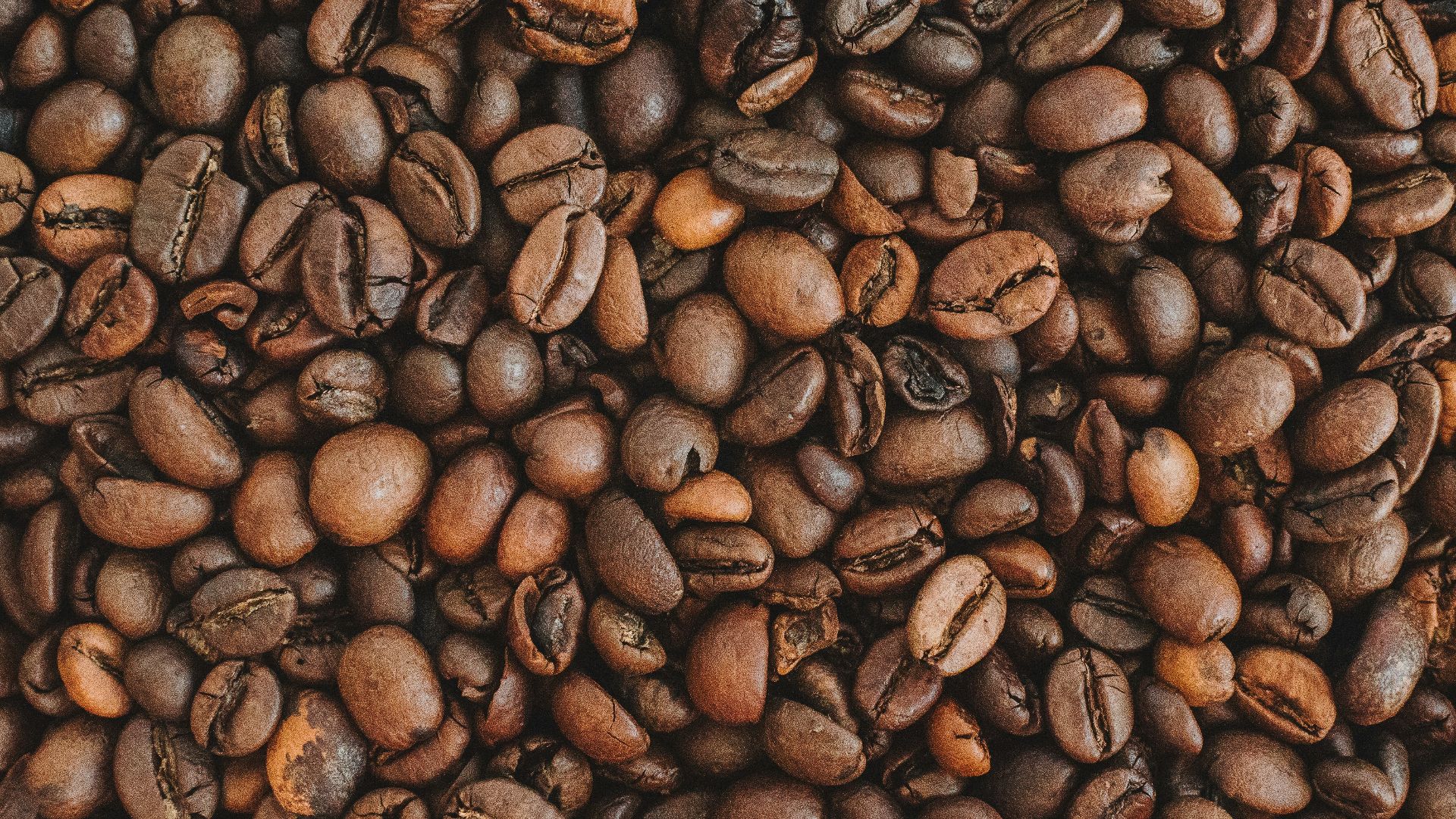 Anastasiia Chepinska on Unsplash
Anastasiia Chepinska on Unsplash
16. Low-Fat Milk
If plant-based milks aren’t for you, then at the very least you’ll want to use low-fat milk options. This is a great way to reduce calories while increasing the amount of fiber and protein you’re retaining. This can also help you manage serving sizes and use coffee as a means to achieve weight goals.
17. Check the Labels
By now, it’s good nutritional sense to read food labels and understand them. If you struggle in assessing ingredients or percentage counts, then there are plenty of resources that can simplify them. Essentially, you want to scan those ingredients and sugar counts to make sure there’s nothing absurd inside.
18. Customize Your Drink
If you are an avid café-goer or love the convenience of the drive-through, then take some time to customize your drink. For instance, Starbucks has a variety of customization options so you can change your milk and even replace your sugar with honey. For more casual cafés, perhaps just ask for an alternative milk and no sugar.
19. See What You’re Drinking
Sometimes we lose sense of what we’re drinking and how much, especially when it’s covered up with a cup. That’s why it’s recommended to drink coffee from an open mug. This way, you don’t lose track of all the add-ons you add (like that whipped cream!)
20. Reconsider the Keurig
A lot of people adore Keurig as a great and convenient way to get their coffee, but it too comes with some downsides. For instance, the machine is terrible for the environment, and when you use it, you actually expose yourself to heated plastics. Plus, Keurig’s have a dirt build-up problem, and their water tanks can never be fully flushed.
KEEP ON READING

20 Natural Ways You Can Boost Your Immune System

20 Ways To De-stress & Relax After Work

The 10 Most Common Diseases & The 10 Most Rare




